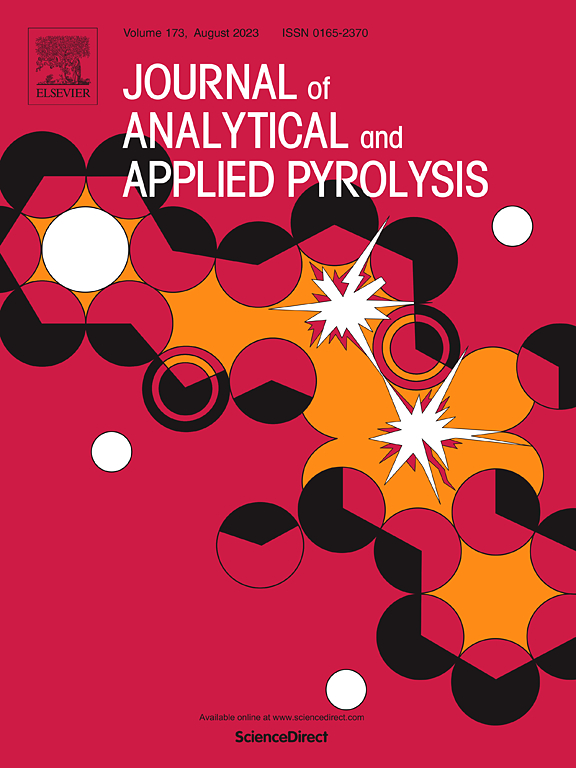利用人工神经网络和线性回归模型为热改性过程建模:傅立叶变换红外光谱的表征和桉树木材机械性能的预测
IF 5.8
2区 化学
Q1 CHEMISTRY, ANALYTICAL
引用次数: 0
摘要
本研究采用人工神经网络模型和多元线性回归方法建立了热改性工艺参数与桉树木材样品力学性能之间的关系。热处理过程中影响力学性能的三个参数被视为输入变量,即吸水率、体积质量和质量损失;其他参数保持不变(处理温度:200、220、240 和 260 ℃,持续时间:5、60 和 90 分钟):5、60 和 90 分钟)。在隐层中使用了五个神经元,以及一个用于机械性能的输出层。根据获得的结果,训练、验证和测试数据集的均方误差(MSE)分别为:预测断裂模量(MOR)0.21、0.25 和 0.22;预测弹性模量(MOE)0.019、0.017 和 0.023。使用所提出的 ANN 模型,所有数据集都获得了 0.93 至 0.98 的较高决定系数 (R2),而多元线性回归模型发现 MOR 和 MOE 的 MSE 分别为 1.03 和 1.40,R2 分别为 0.97 和 0.80。这些结果表明,ANN 模型可成功用于预测木材在热处理过程中的力学性能变化。本文章由计算机程序翻译,如有差异,请以英文原文为准。
Harnessing artificial neural networks and linear regression models for modeling thermal modification processes: Characterization by FTIR and prediction of the mechanical properties of eucalyptus wood
In the present study, an artificial neural network model and multiple linear regression method were constructed to establish a relationship between the parameters of the thermal modification process and the mechanical properties of Eucalyptus camaldulensis wood samples. Three influencing parameters on the mechanical properties during heat treatment were considered input variables, namely water absorption, volumetric mass, and mass loss; the other parameters were kept constant (treatment temperature: 200, 220, 240, and 260 °C, and the duration: 5, 60, and 90 minutes). There were five neurons in the hidden layer that were used, as well as an output layer for the mechanical property. According to the results obtained, the mean square error (MSE) for the training, validation, and testing datasets were determined to be 0.21, 0.25, and 0.22 in the prediction modulus of rupture (MOR) and 0.019, 0.017, and 0.023 in the prediction modulus of elasticity (MOE). Higher coefficients of determination (R2) ranging from 0.93 to 0.98 were obtained for all datasets with the proposed ANN models, while the multiple linear regression models found the MSE to be 1.03 and 1.40 for MOR and MOE, respectively, as well as R2 to be 0.97 and 0.80, respectively. These results show that ANN models can be successfully used to predict the change in mechanical properties of wood during heat treatment.
求助全文
通过发布文献求助,成功后即可免费获取论文全文。
去求助
来源期刊
CiteScore
9.10
自引率
11.70%
发文量
340
审稿时长
44 days
期刊介绍:
The Journal of Analytical and Applied Pyrolysis (JAAP) is devoted to the publication of papers dealing with innovative applications of pyrolysis processes, the characterization of products related to pyrolysis reactions, and investigations of reaction mechanism. To be considered by JAAP, a manuscript should present significant progress in these topics. The novelty must be satisfactorily argued in the cover letter. A manuscript with a cover letter to the editor not addressing the novelty is likely to be rejected without review.

 求助内容:
求助内容: 应助结果提醒方式:
应助结果提醒方式:


